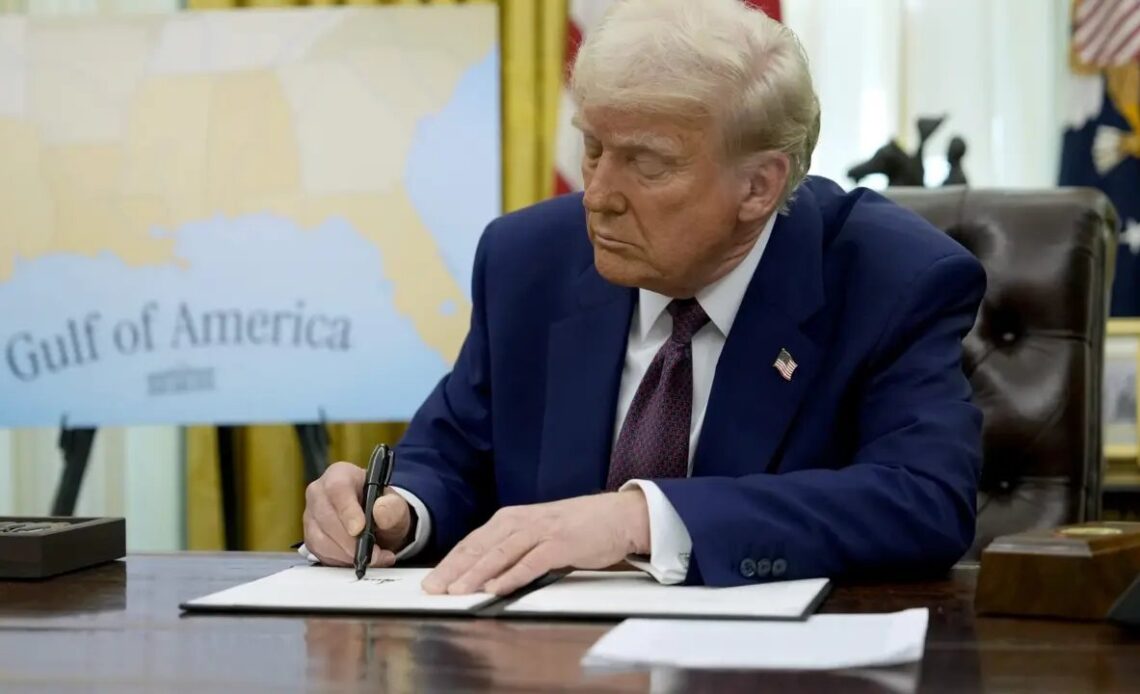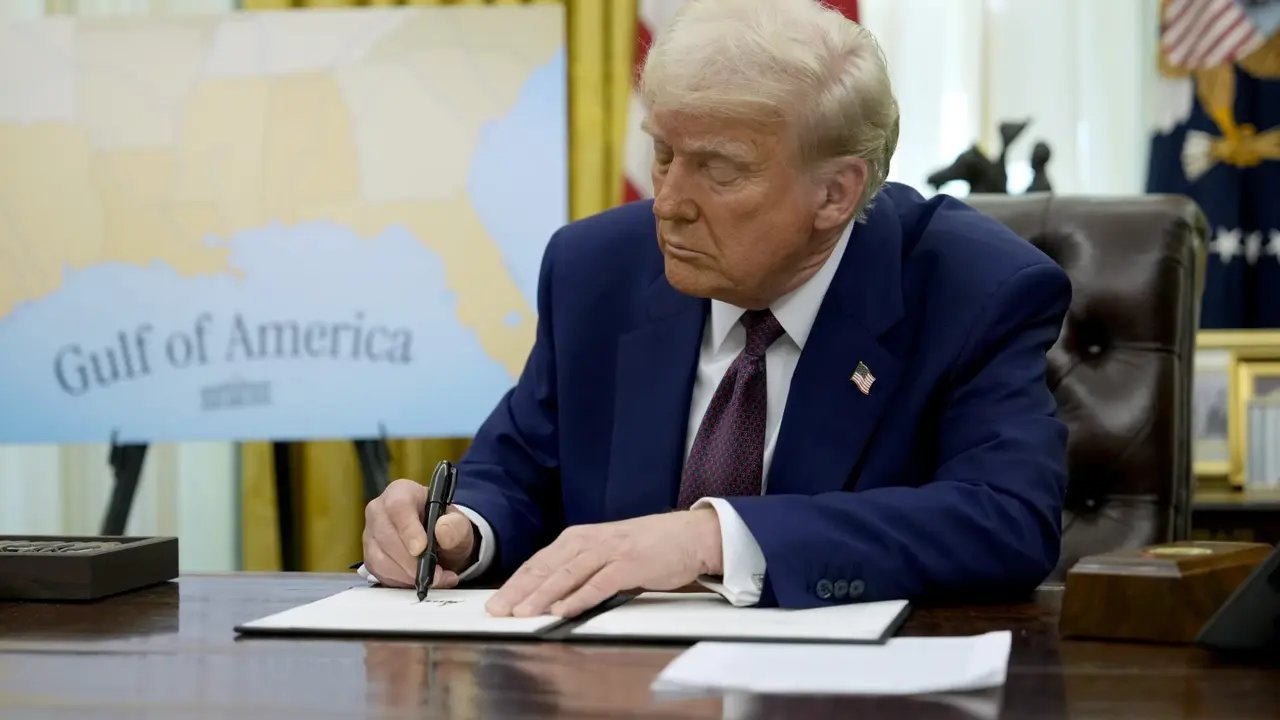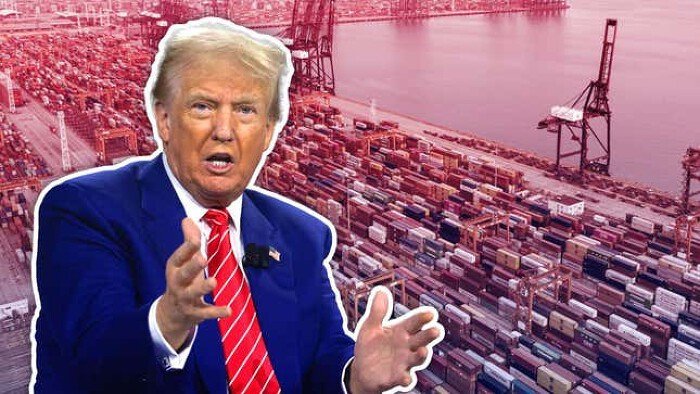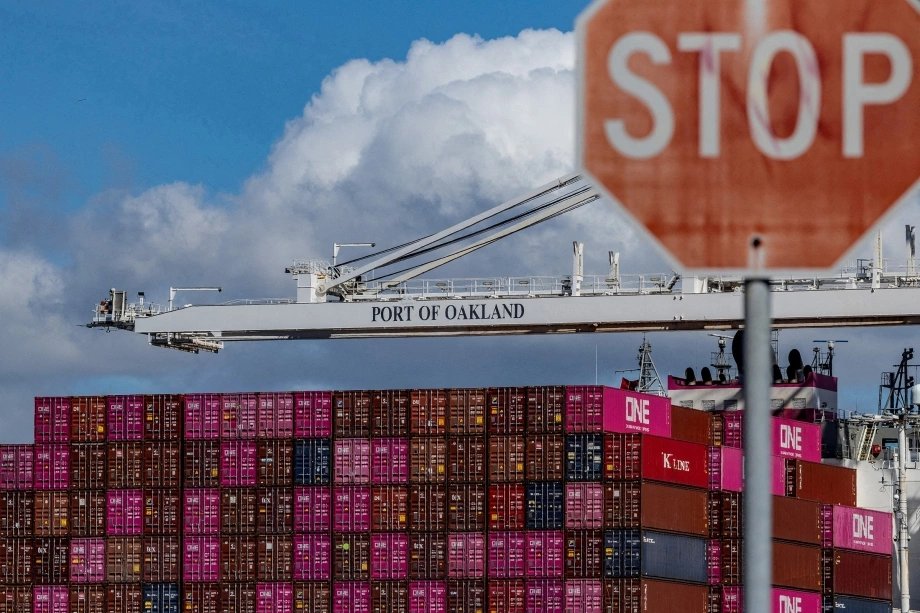
On March 31, 2025, President Donald Trump announced his intention to implement reciprocal tariffs targeting all countries engaged in trade with the United States. This initiative, set to commence on April 2—referred to by the administration as “Liberation Day”—represents a significant shift in U.S. trade policy, aiming to address perceived trade imbalances and protect domestic industries.
**Background on Reciprocal Tariffs**
Reciprocal tariffs are designed to match the tariffs that other countries impose on U.S. exports. The underlying principle is to promote fair trade by ensuring that no nation benefits from disproportionately low tariffs while imposing higher duties on American goods. President Trump has consistently advocated for such measures, viewing them as essential tools to combat unfair trade practices and reduce the U.S. trade deficit.

**Details of the Proposed Tariffs**
The forthcoming tariff plan is expected to be comprehensive, affecting a wide array of imported goods across various sectors. Industries such as automotive, pharmaceuticals, technology, and agriculture are anticipated to be significantly impacted. For instance, a 25% tariff on foreign-made vehicles is slated to take effect on April 3, with additional tariffs on non-U.S. content in domestically assembled vehicles expected by May 3.
In the agricultural sector, products like shrimp and blueberries have been highlighted as potential targets for increased tariffs. American businesses have pointed to existing foreign tariffs on these products as examples of unfair trading practices, urging the administration to impose reciprocal measures.
Furthermore, the administration has indicated that countries purchasing oil or gas from Venezuela may face a 25% tariff on their exports to the United States, aiming to pressure nations engaging in trade with what the U.S. considers a hostile regime.
**Economic Rationale**
The administration argues that these tariffs will protect domestic industries from unfair competition, encourage the repatriation of manufacturing jobs, and ultimately strengthen the U.S. economy. By imposing tariffs equivalent to those faced by U.S. exporters, the policy aims to level the playing field and incentivize other nations to lower their trade barriers.
**Potential Impact on Consumers**

While the administration emphasizes the benefits to domestic industries, there are concerns about the potential impact on American consumers. Higher tariffs on imported goods may lead to increased prices for a range of products, from automobiles to electronics. Analysts predict that car prices, for example, could rise significantly as automakers adjust to the new duties.
**International Response**
The announcement has elicited varied reactions from international partners. Countries that maintain high tariffs or non-tariff barriers on U.S. goods may face increased pressure to negotiate more favorable trade terms. Some nations have already signaled their intent to retaliate with their own tariffs, raising concerns about a potential global trade war.
**Political Implications**
Domestically, the tariff plan has sparked debate across the political spectrum. Supporters argue that it is a necessary step to protect American jobs and industries, while critics warn of the potential for escalating trade conflicts and negative economic consequences. The policy’s impact on key industries and regions may influence political dynamics leading up to future elections.
**Historical Context**

This move is consistent with President Trump’s longstanding emphasis on protectionist trade policies. During his first term, the administration imposed tariffs on steel, aluminum, and various Chinese goods, leading to a series of trade disputes and negotiations. The current plan represents an expansion of these efforts, aiming for a more comprehensive application of reciprocal tariffs.
**Legal Framework**
The implementation of these tariffs is expected to utilize authorities granted under various trade statutes, providing the President with broad powers to adjust imports based on national security considerations. However, their application in this context may face legal challenges
**Conclusion**
The announcement of reciprocal tariffs targeting all countries marks a pivotal moment in U.S. trade policy. As the administration prepares to unveil the full details on “Liberation Day,” stakeholders across industries and governments worldwide are bracing for the potential economic and political ramifications. The effectiveness of this strategy in achieving its stated goals of fair trade and economic revitalization remains to be seen, as does its impact on global trade dynamics.


